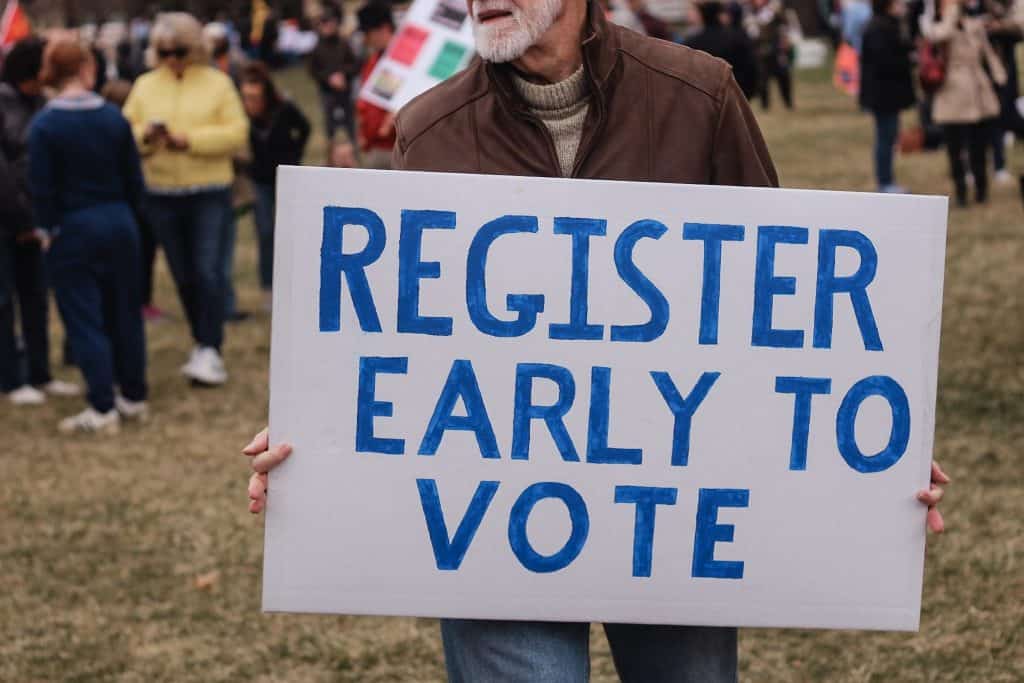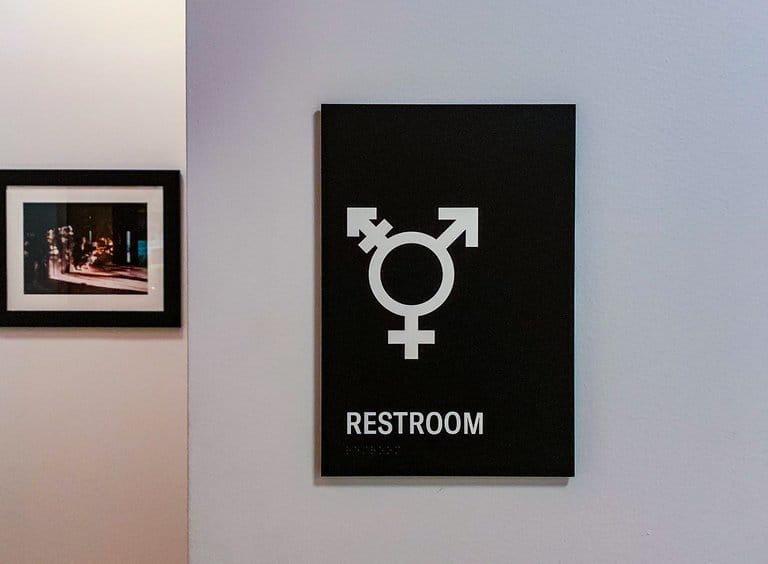Welcome back to The Fixer, our weekly briefing of problem-solving efforts and initiatives reported in publications around the world. In this week’s edition: cutting recidivism by replacing court dates with art classes and pre-registering teens to vote. Also, Belgian engineers take on the world’s great bathroom inequalities.
Art is the new orange
A minor charge for shoplifting, jumping a subway turnstile or possessing a bit of pot can destroy a person’s life… and also really clog up the court systems. But that has changed in New York City, where the district attorney started offering three-hour art classes — yes, art classes — as an alternative to court, giving thousands of minor offenders a second chance (and the courts a second to breathe).
Initially piloted in Manhattan in 2015, Project Reset has since spread to New York’s other boroughs. The courses that each borough offers are different — some hands on art, others a museum visit, or even a restorative talking circle — but all have the same results. Thanks almost entirely to Project Reset, the number of low-level misdemeanours processed in the city courts has been cut by almost half — from 86,000 in 2012 to 45,000 in 2018. That’s 40,000 people who avoided potential criminal records or even jail time that could follow them for the rest of their lives.
https://youtu.be/E5O2WrcA9M8
It’s a win for the city, too. A whopping three quarters of the cases prosecuted in New York City courts are for misdemeanors, which is inefficient, expensive and, frankly, a bit dumb. As Manhattan’s district attorney put it: “If you jump subway turnstiles in Manhattan…we spend about $2,200 to process a theft of services arrest for a $2.75 fare.” And perhaps more importantly, the program has caused those turnstile jumpers to reconsider doing it again: participants in Project Reset were significantly less likely to be convicted on a new arrest within a year of participating in the program, and spent more time overall without a new conviction. Talk about a win-win-win.
From lunch boxes to ballot boxes
California has pre-registered over 400,000 16- and 17-year-olds to vote. The big news? Once those kids turn 18, the majority of them are actually voting.
The results are part of a “wildly successful” program aimed at removing barriers for young voters by getting them registered to vote long before their turn to cast a ballot comes around. This includes online registration and youth-led campaigns, but also catching the kids at another important milestone in their lives: getting their driver’s license. For years, adult Californians have been able to register to vote at the DMV upon renewing their driving licenses. Now, 16- and 17-year-olds can too — in fact, they’re registered automatically, unless they decline.

So far, the results are encouraging. By the 2018 midterms, 100,000 of the pre-registered voters had turned 18. Of those, 55 percent cast a ballot — nearly twice the average turnout for youth in that election. “And that was a non-presidential election,” California secretary of state Alex Padilla noted. “I’m excited about California’s future.”
Time for a bathroom revolution?
At long last Belgian engineers have put their minds to solving one of the greatest inequities plaguing us since the invention of modern plumbing: long lines in the women’s bathroom. Their solution? An answer to inequity of a different kind — gender neutral bathrooms.

Using computer simulation to study different bathroom layouts, researchers at the University of Ghent found vast differences in the disparities between the time spent standing in line for men’s and women’s bathrooms with traditional layouts. But with a gender neutral layout — one including urinals — that disparity disappears down the drain.
Don’t believe us? See the diagrams yourself and read more at The Guardian.






